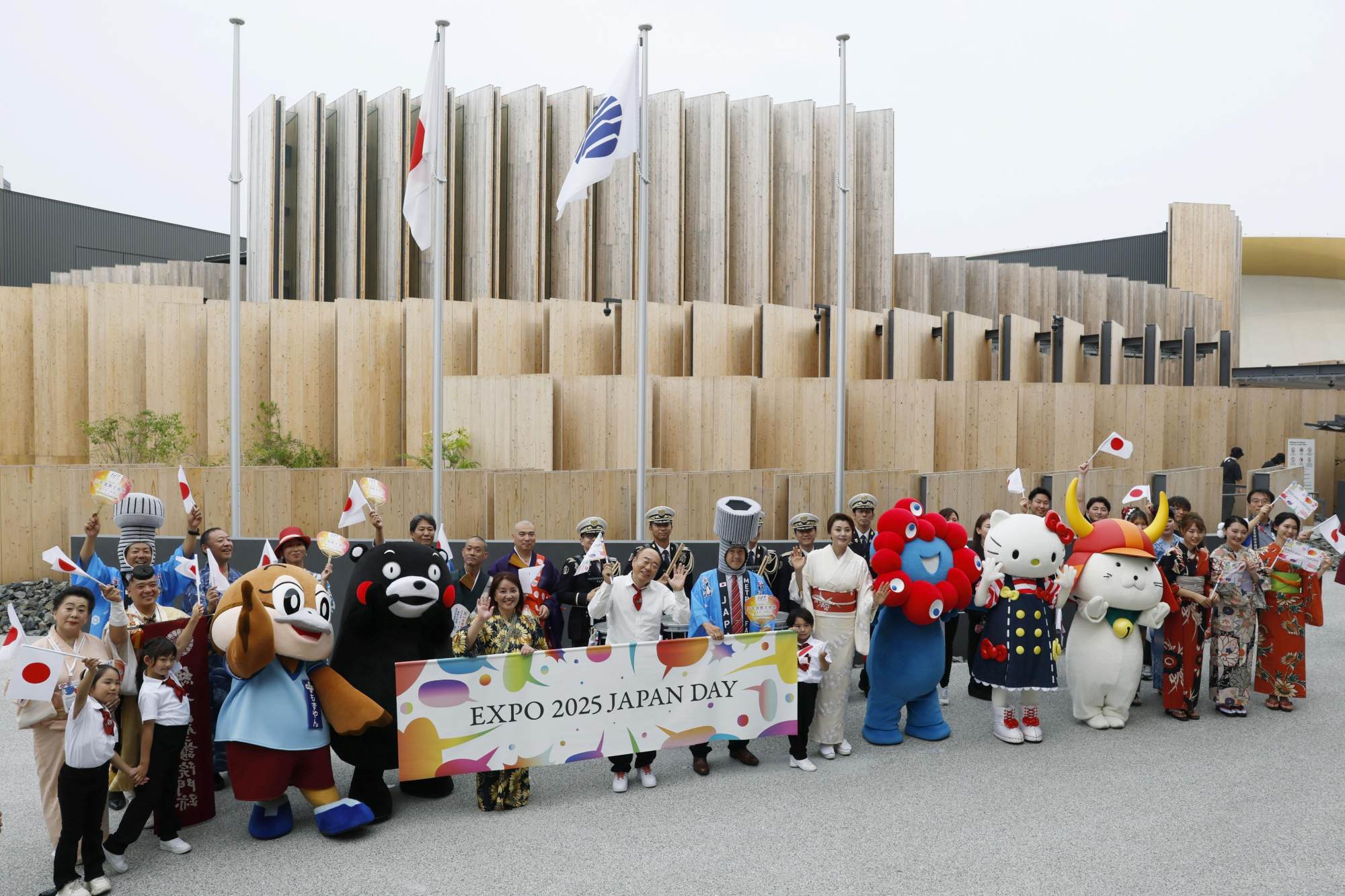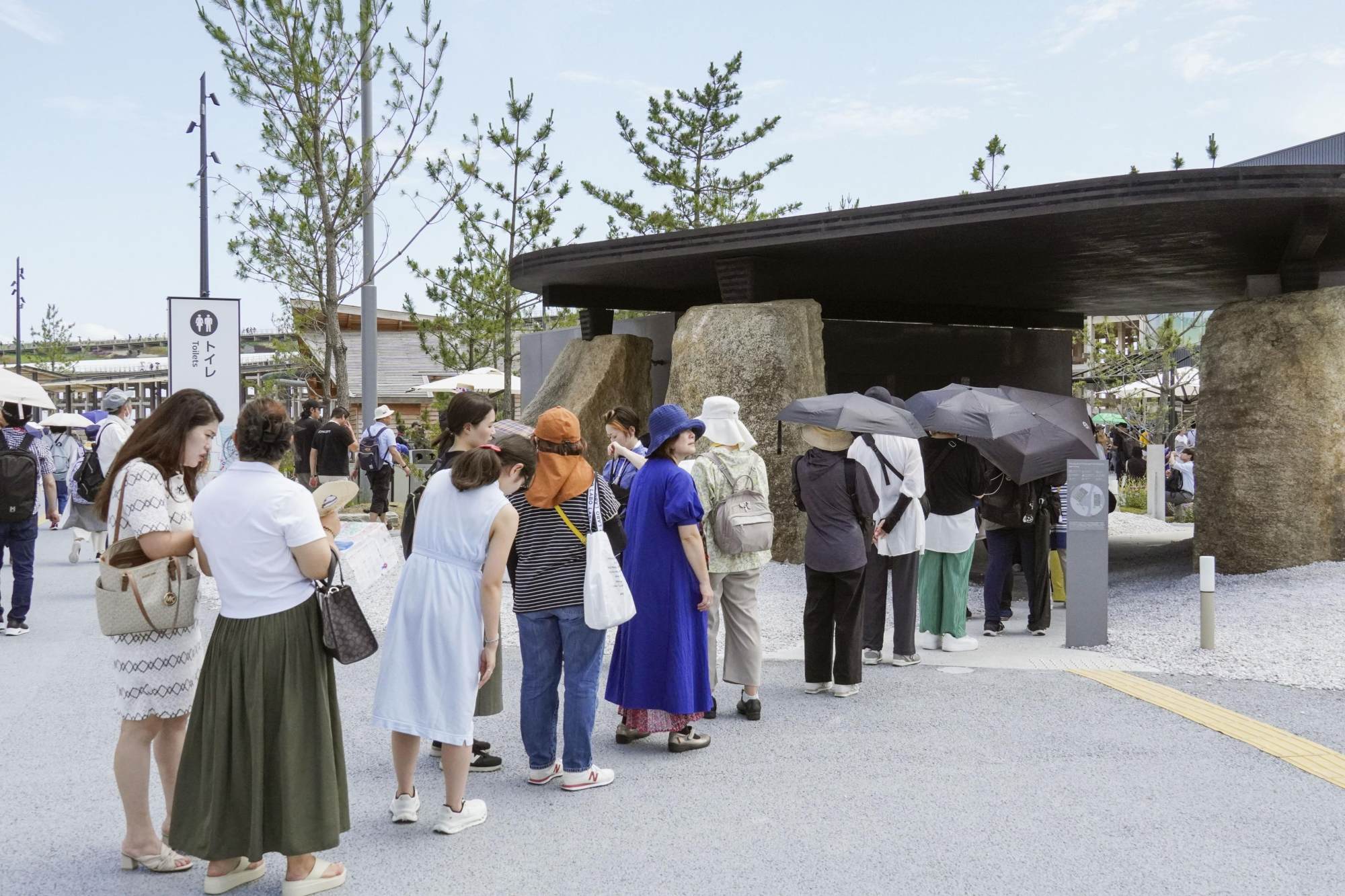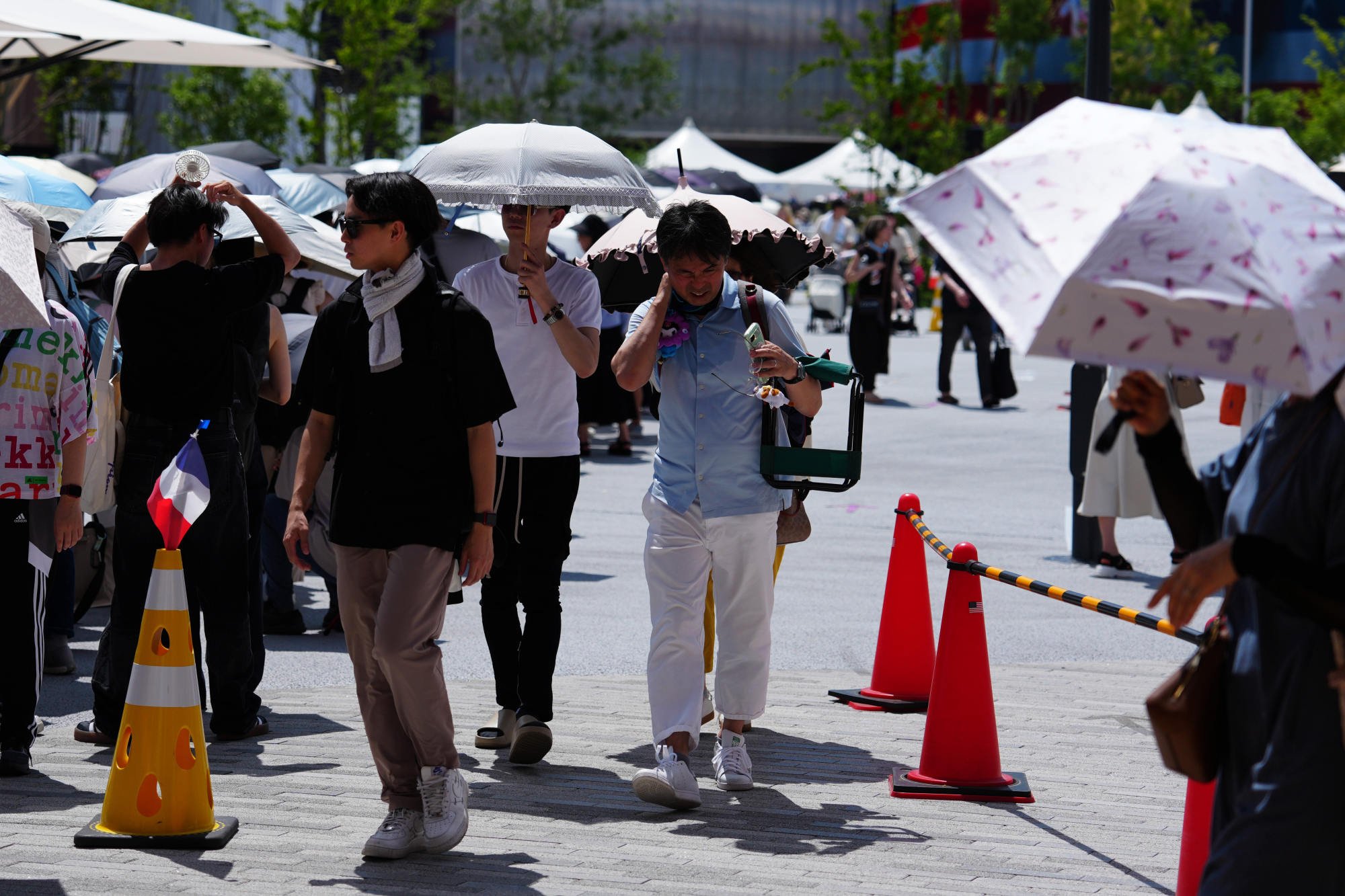Japan’s Osaka Expo misses visitor target at halfway mark
Hitting the 22 million visitor break-even point will be a tall order, with current attendance falling well short of original projections

Halfway through its six-month run on an artificial island built atop a former landfill off the coast of Japan’s second city, the Osaka World Expo is falling short of organisers’ expectations.
More than 10 million people have visited the expo since its April opening – a symbolic milestone, but short of the pace required to reach the break-even threshold. Organisers estimate that 22 million visitors will be needed by the time the event closes in October for the expo to cover its costs.
While the latest figures were touted as a sign of “stable operations” by the top official overseeing the event, it’s a far cry from the 28 million visitors that were projected in the lead-up to the opening.
“Every day recently we have welcomed more than 100,000 people to the expo,” Hiroyuki Ishige, secretary general of the Japan Association for the 2025 World Exposition, told reporters on Monday.

Despite acknowledging the shortfall, Ishige was still upbeat, highlighting the “attractive contents” of the expo’s pavilions, which represent 158 countries and regions, as well as exhibitions from seven international organisations.
Visitors had been encouraged to experience the world using “their five senses” at the event and operations had been improving daily, he said.
Putting a positive spin on the disappointing visitor figures wasn’t as easy, however.
Asked about the 28 million visitor target that had been touted before the expo’s opening, Ishige denied that it was ever a firm goal. Instead, he described it as “a maximum figure that the infrastructure of the event facilities could manage”.

“The 22 million number is our break-even point and we therefore believe that figure for visitors can still be achieved,” he said.
Ishige pointed to the last major expo hosted by Japan, at Aichi in 2005, which saw “1.5 times more visitors in the second half and was getting 200,000 visitors a day”.
“Ten million is a great figure so far and we are very hopeful that we will be able to increase the number of visitors,” he added.
The expo has been plagued by issues, even before it opened, with at least six national pavilions reportedly unfinished at the time of the official launch.

Concerns have lingered about the site, which sits on reclaimed land that was previously used as a landfill at the edge of Osaka Bay, including the possibility of methane gas build-up beneath the venue and complaints about a blanket ban on smoking.
The flagship evening water and light show was suspended in early June after Legionella bacteria at levels many times higher than the legal standard were discovered in the water. Organisers have also had to contend with an infestation of flying insects.
Unhandled type: inline-plus-widget {“type”:”inline-plus-widget”}
An event official suggested that recent soaring temperatures might have deterred some visitors, with Monday’s high reaching 29 degrees Celsius (84 degrees Fahrenheit).
As Typhoon Nari approaches central Japan, heavy rain and thunderstorms are forecast until Thursday, and a flash flood warning has been issued for the city.
“At the moment, we do not believe that the visitor figures are too low,” the official said, asking not to be named. “It is also important to keep in mind that visitor numbers are not the only measure of success for the event; we have to remember that all these countries are coming together from all over the world for six months, bringing people together to build global cooperation and understanding.”